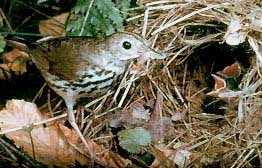 The Washington Post reports that the monarch butterfly population wintering in Mexico has shown a drop in six of the last seven years. “…There are now only one-fifteenth as many butterflies as there were in 1997,” the article says.
The Washington Post reports that the monarch butterfly population wintering in Mexico has shown a drop in six of the last seven years. “…There are now only one-fifteenth as many butterflies as there were in 1997,” the article says.
Journey North reports that this year’s population is lowest since record-keeping began.
Drought and herbicides that have killed off milkweed, which the monarchs require as host plants — particularly in the Midwest, are thought to be the main contributors to the decline. While populations have rebounded after drops, the overall trend is down, down, down.
Read the Washington Post article here.
Read an Associated Press article here.
The Journey North Facebook page is here.
Photo: Monarch butterfly by Mark Musselman, used courtesy of the US Fish and Wildlife Department.

 The recent issue of
The recent issue of 
 According to a
According to a  A tri-colored bat, found dead in Table Rock State Park in the northwestern corner of South Carolina, has been confirmed to have white nose syndrome (WNS), the
A tri-colored bat, found dead in Table Rock State Park in the northwestern corner of South Carolina, has been confirmed to have white nose syndrome (WNS), the 



